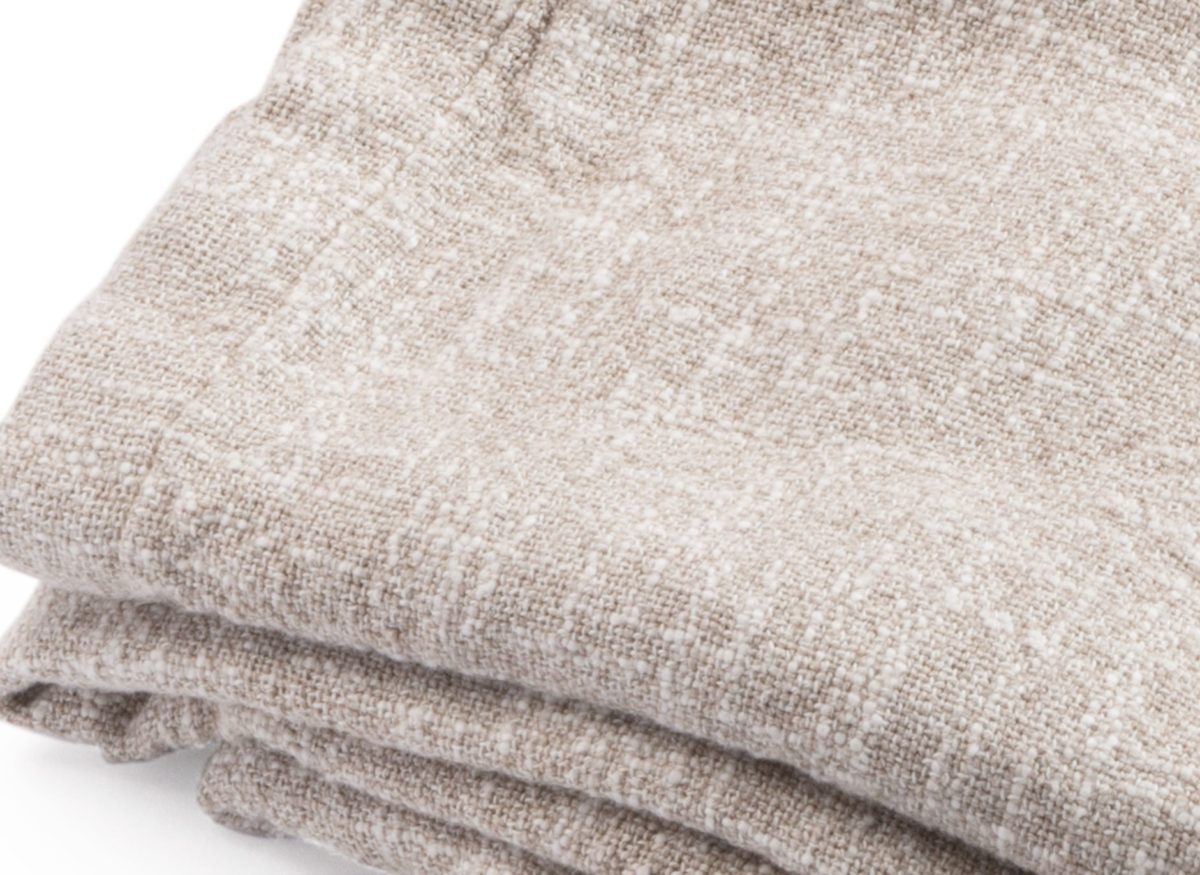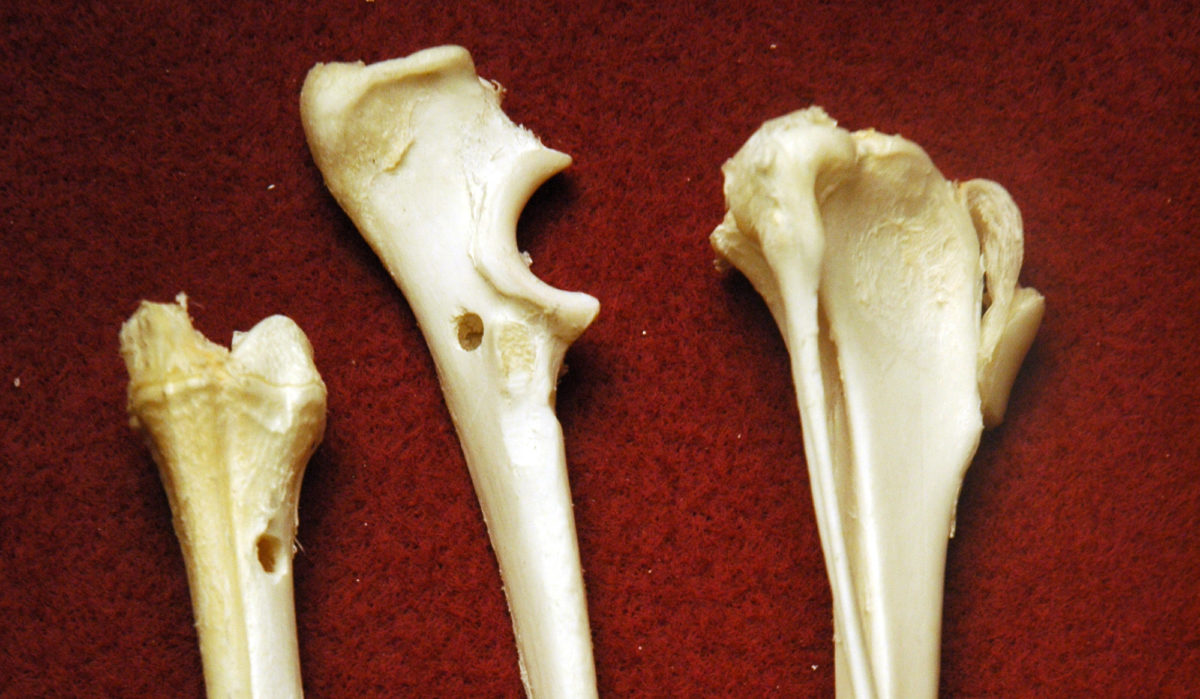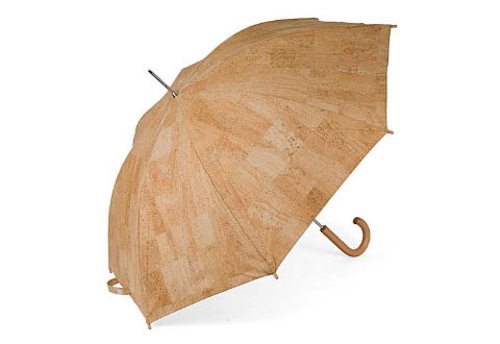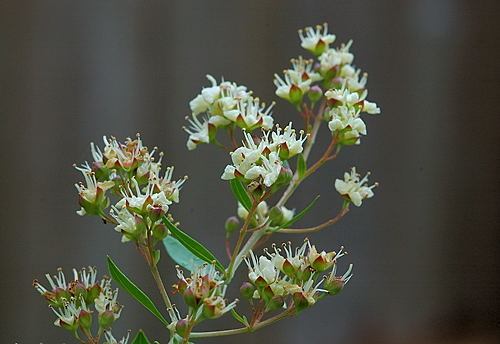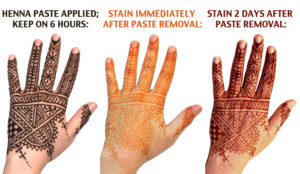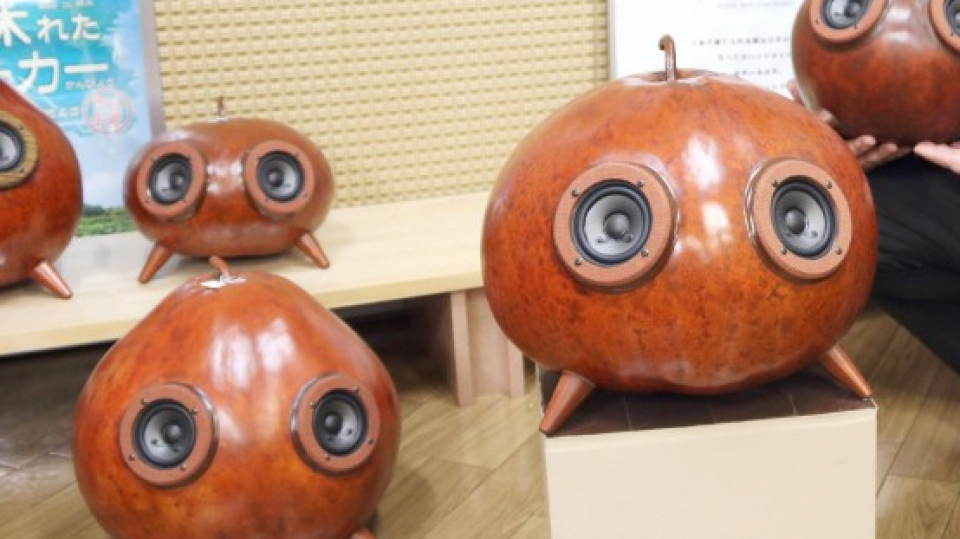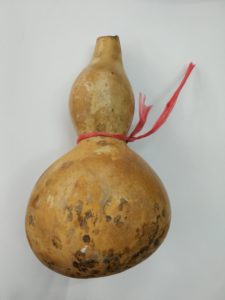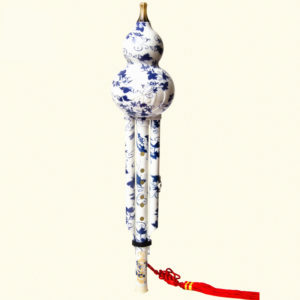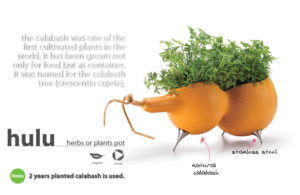Linen is a natural fibre derived from the flax plant. It is one of the oldest textiles of the world. The linen fabric has a coarse structure. In its pure form it can feel stiff but, blended with cotton, the fabric has a softer texture.
Uses
- Fabric e.g. for shirts, dresses
Potential Uses
- As a matrix for a natural composite
Processes
- Linen yarn is spun from the long fibres found just behind the bark in the multi-layer stem of the flax plant (Linum usitatissimum). In order to retrieve the fibres from the plant, the woody stem and the inner pith, which holds the fibers together in a clump, must be rotted away. The cellulose fibre from the stem is spinnable and is used in the production of linen thread and cordage. From linen thread, fabric is woven.
Reference
- https://tootal.nl/en/fabric-factsheet-en/cotton-linen-fabrics/
- https://www.fabric.com/shop/white-cotton-linen
- http://www.madehow.com/Volume-4/Linen.html#ixzz4n4z3YJem
- https://www.decktowel.com/pages/how-linen-is-made-from-flax-to-fabric
- http://www.cottonsjourney.com/storyofcotton/page5.asp
